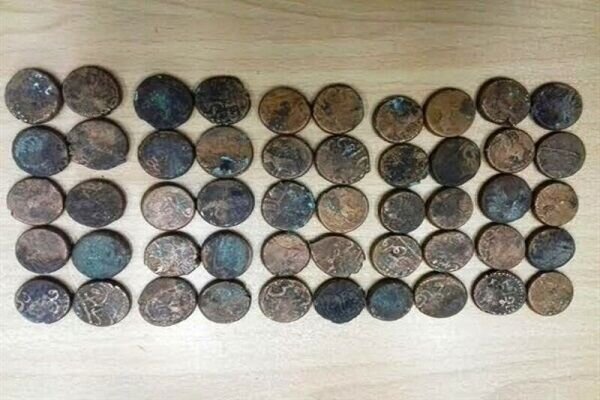Museum laboratory restores Qajar coins

TEHRAN –A number of historical coins, being kept in museums across the South Khorasan province, eastern Iran, have been restored to their original state in the past Iranian calendar year 1401 (ended on March 20), a local tourism official has said.
A total of 50 historical coins, dating back to the Qajar-era (1789-1925), have been restored over the past year, Hamzeh Hamzeh explained on Tuesday.
In about 220 CE the Sasanian dynasty of Iran introduced the concept of thin flan coins, issues that were struck in relief on both sides. In order not to produce intolerable stresses in the dies, since the thinner the material the more force necessary to make it flow into the recesses of the die’s design, the depth of relief on such coins was of necessity much shallower than with earlier currency. Such techniques spread by way of Byzantium to northern Europe, where the emperor Charlemagne struck thin flan deniers (small silver coins), or pennies, which became characteristic of both his own and neighboring kingdoms.
Located in eastern Iran, South Khorasan is home to many historical and natural attractions such as Birjand Castle, Dragon Cave, Furg Citadel, and Polond Desert.
The province is also known for its famous rugs as well as its saffron and barberry which are produced in almost all parts of the province.
ABU/AM
Leave a Comment